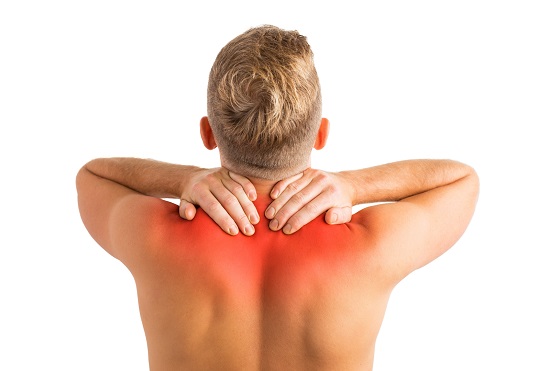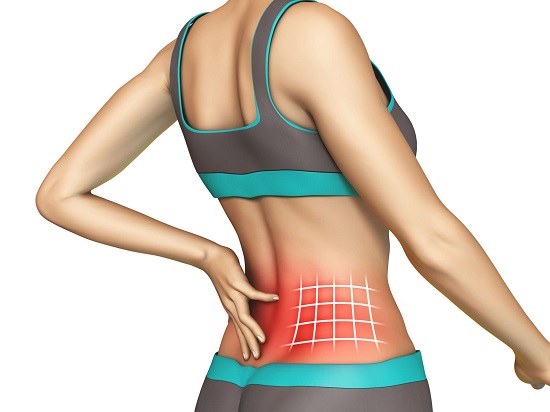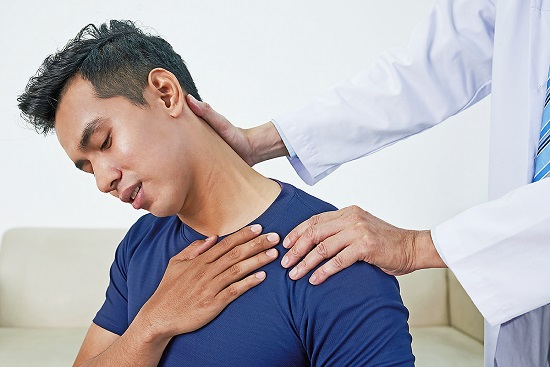Ever faced muscle spasms after an accident? Read this article to find out why it happens and what you can do.
What Are Muscle Spasms?
Muscle spasms, also known as muscle cramps, are abrupt, painful contractions and tightening your muscles. These spasms are both involuntary and unpredictable. The most common muscle spasms sites are the feet, hands, arms, thighs, calves, abdomen, and intercostal muscles around the ribcage.
Sometimes, the twitch of the muscle beneath the skin is visible on the skin’s surface. The muscle also feels hard to the touch. Muscle spasms are a common complaint. Usually, older people, obese people, pregnant women, and athletes are more prone to experiencing them.
Common Causes of Muscle Spasms
The most common causes for muscle spasms are muscle overuse, fatigue, muscle pain, low potassium and magnesium, dehydration, trapped nerves in the back, and sometimes, stress. If you suffer from nervous disorders or have a thyroid condition, you are more likely to experience muscle
spasms.
Muscle Spasms After An Accident
Muscle spasms can occur after an accident due to muscle fiber damage caused by abnormal movement of the muscle, nerve damage, swelling, and pain due to injury. Tightening of your neck, shoulders, and arm muscles when you brace for collision, disc injury, joint injury, spinal injury, and
whiplash injury of your neck are other reasons. These types of injuries can cause spasms that last long and result in muscles soreness.
Muscle Spasm Treatment Methods
The most effective ways to curb a muscle spasm are stretching the affected muscle or area, massaging the area, standing up and walking around, applying cold or warm compresses, and taking painkillers.
Medical treatment includes pain medications, prescription muscle relaxants, chiropractic care to remove malalignments that may be causing undue pressure on muscles and nerves. One can take physical therapy to restore muscle strength and flexibility. Professional massage therapy, cold laser therapy, and deep tissue laser therapy are other options. Treatment duration depends on the type of injury, the extent of injury, and the site of injury.
Prevention
There are a few preventive steps that you can take to stop or alleviate these spasms from occurring. Doing flexibility exercises regularly in a cool place where you feel comfortable. Besides, wear well-fitting shoes, maintain a fit body and ideal weight. Do regular muscle stretches, drink plenty of fluids but avoid caffeine and alcohol. Furthermore, mild night exercises can help prevent nocturnal leg spasms, and using pillows to elevate your feet at night are some of the methods that help prevent muscle spasms. Daily supplements of vitamin B12 also helps to keep spasms at bay.
When To See A Doctor
Muscle spasms generally do not need emergency treatment if they are short-lived and do not occur often. However, if the pain persists, it occurs frequently, after an accident. Sometimes, it starts right after you come in contact with an infectious or poisonous substance. In that case, you need to go for emergency care. If the spasms are accompanied by swelling and numbness in the leg, skin changes, or if you suffer from electrolyte imbalance, then seek medical advice.
Muscle spasms can sometimes be the result of underlying health conditions. These include multiple sclerosis, liver cirrhosis, or problems with hormones, nutrition, and circulation. Discussing with your doctor about your medical history, the nature of your injuries after your accident and the symptoms is of utmost importance to treat your painful muscle spasms.



